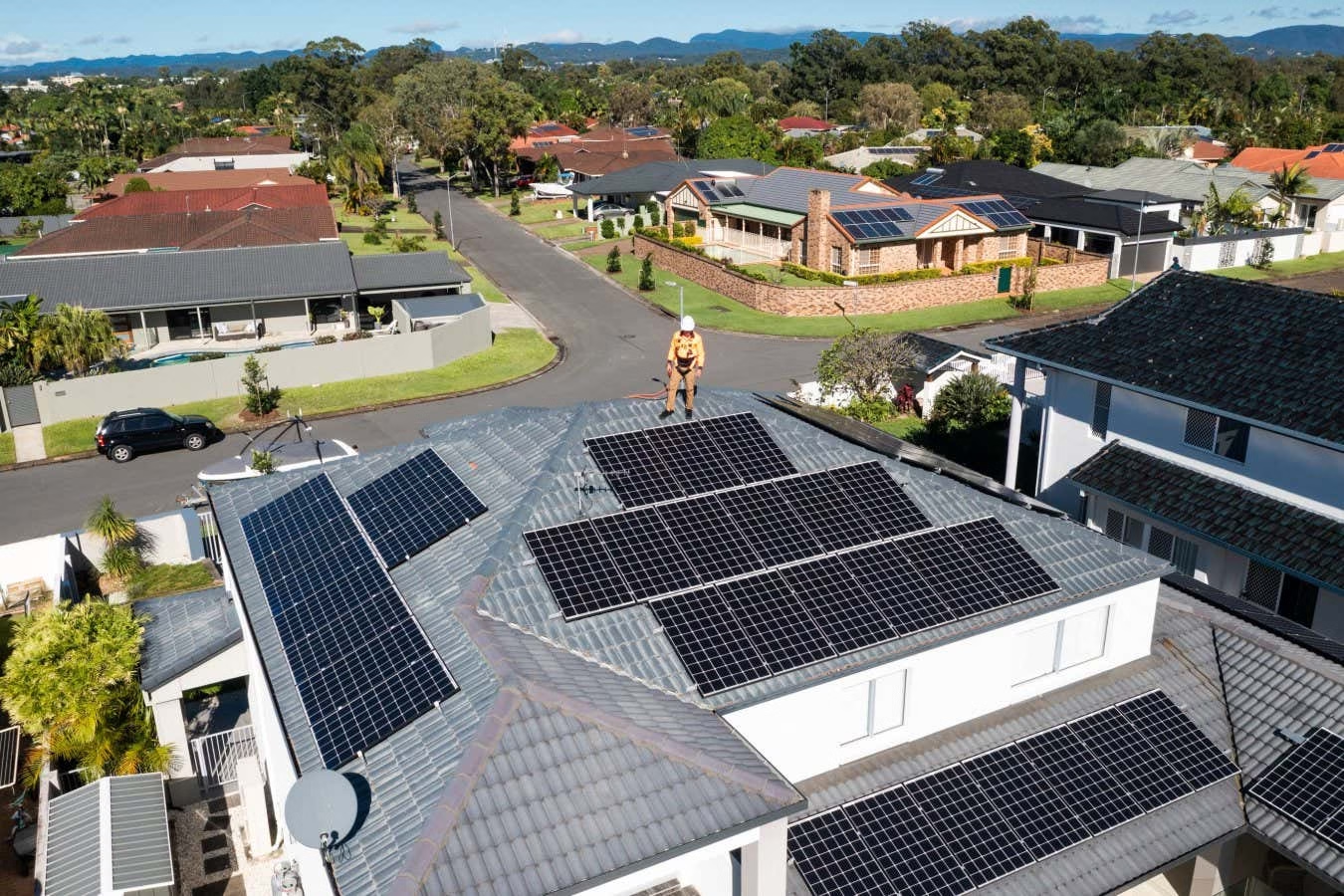-
info@forensicss.com
Send Email
-
11400 West Olympic Blvd, Los Angeles, CA 90064
310-270-0598
Confidentiality Guaranteed
310-270-0598
Confidentiality Guaranteed
Blog Details
-
ForensicsS | Private Detective & Digital Forensics Investigation Experts > News > Uncategorized > Cyberattacks might per chance exploit house photograph voltaic panels to disrupt energy grids

Jul
Cyberattacks might per chance exploit house photograph voltaic panels to disrupt energy grids
Identity theft A third of homes in Australia now have rooftop photograph voltaic panels zstockphotos/iStockphoto/Getty Photos Energy grids around the world are an increasing form of beneath chance from cyberattacks due to the the vulnerabilities of house photograph voltaic installations. As distributed vitality sources like rooftop photograph voltaic change into extra prevalent, grids are an increasing form of reliant on dapper inverters, which put together connections to local energy networks. “While these technologies provide many advantages, they additionally introduce new operational and cybersecurity challenges,” says Sid Chau at CSIRO, an Australian authorities learn agency. Dapper inverters convert the order present produced by photograph voltaic panels into the alternating present wished to energy appliances. They additionally optimise vitality storage and enable some distance-off monitoring by the employ of the rep. These net connections mean they pose a chance no longer shapely to house photograph voltaic systems, however additionally to the broader energy-period community, Chau and his colleagues warn. The crew diagnosed extra than one ways in which dapper inverters will likely be hacked, at the side of exploitation of the safety flaws in the bodily hardware and instrument of dapper inverters. Malicious actors might per chance trick customers into granting crude permissions for apps connected to the inverter or work with producers to embed malicious code into the hardware. Chau and his colleagues simplest modelled the chance from inverters in Australia, where around a third of homes have rooftop photograph voltaic. Nonetheless the method is similar for energy grids one day of components of the world where deepest photograph voltaic systems are turning into extra overall. While any assault would require cautious orchestration and planning, the researchers found that, if vulnerabilities align, comparatively few photograph voltaic dapper inverters would ought to be hacked to trigger disruption. As soon as the dapper inverter has been compromised, hackers can then mount coordinated assaults on the broader energy grid, in accordance to the researchers. Of explicit verbalize are assaults focusing on the frequency wait on watch over of the energy grid. In Australia and Europe, the grid frequency wants to preserve end to 50 hertz. While there are mechanisms in method to present protection to the grid, any deviation faraway from this would per chance lead to cascading energy-procedure failures. Compounding the chance, many inverters have extremely prolonged lifespans, of over 15 years, which manner their cybersecurity defences can with out issues change into out of date. Chau says authorities need to have better oversight of non-public inverters so they can snappy override them if suspicious tell is detected. He additionally says there wants to be prolonged-term strengthen for owners and compliance checking to make certain dapper inverters meet cybersecurity and maintenance requirements. Zubair Baig at Deakin College in Melbourne, Australia, says the safety validation of all imported inverters is a ought to. “As these devices are no longer manufactured in the neighborhood, there’s for all time a possibility of pre-configuration of inverter chips and firmware with malware that will likely be expecting a trigger to detonate and to trigger present fluctuations, everlasting equipment damage and grid disruption,” says Baig. Ernest Foo at Griffith College in Brisbane, Australia, says serious infrastructure is inclined to cyberattack due to the its legacy label and components. “With the aid of a greater uptake of distributed photovoltaics and most likely with the employ of machine learning and AI, cyberattack is extra likely than previously thought,” he says. Matters:
Recent Posts
- Ethiopian Migrants Face Kidnappings and Death, Leaving Within the aid of Heartbroken Households
- Andrew Tate Hits TikTok & Zuckerberg’s Meta For $100M For Kicking Ex-Kickboxer Off Platforms Support In 2022: “It’s Correct Vs Inappropriate,” Accused Rapist Insists
- Conservatives mock Comey over Taylor Swift video
- The generation of AI hacking has arrived
- Hackers unleash torrent from Norwegian dam, releasing 132 gallons per 2nd for four hours

